Germany is a country that has a lot to offer its visitors: secluded castles on the rocky outcrops of Baden and Thuringia, medieval towns, fabulous villages, the ever-changing Baltic Sea coast, sandy islands in the North Sea, mountain ranges, including the Alps and lakes in Mecklenburg. Many towns and villages were destroyed during air raids during World War II, but many of them were carefully reconstructed, and today visitors hardly recognize the old buildings from the recently restored ones.
Germany is often visited by foreigners who have come to the country to see cultural and historical monuments such as Cologne Cathedral, Goethe’s birthplace in Frankfurt, Heidelberg Castle, and the Baltic Sea coast with countless lakes and cities such as Lubeck and Wismar. Undoubtedly, it is worth visiting the cities of the former German Democratic Republic, Weimar, Dresden, and Potsdam. Other attractions are the wine-growing regions in southwest Germany and the beautiful Rhine Valley from Mainz to Cologne, where visitors can enjoy picturesque villages, and sunny climates and enjoy a glass of good wine.
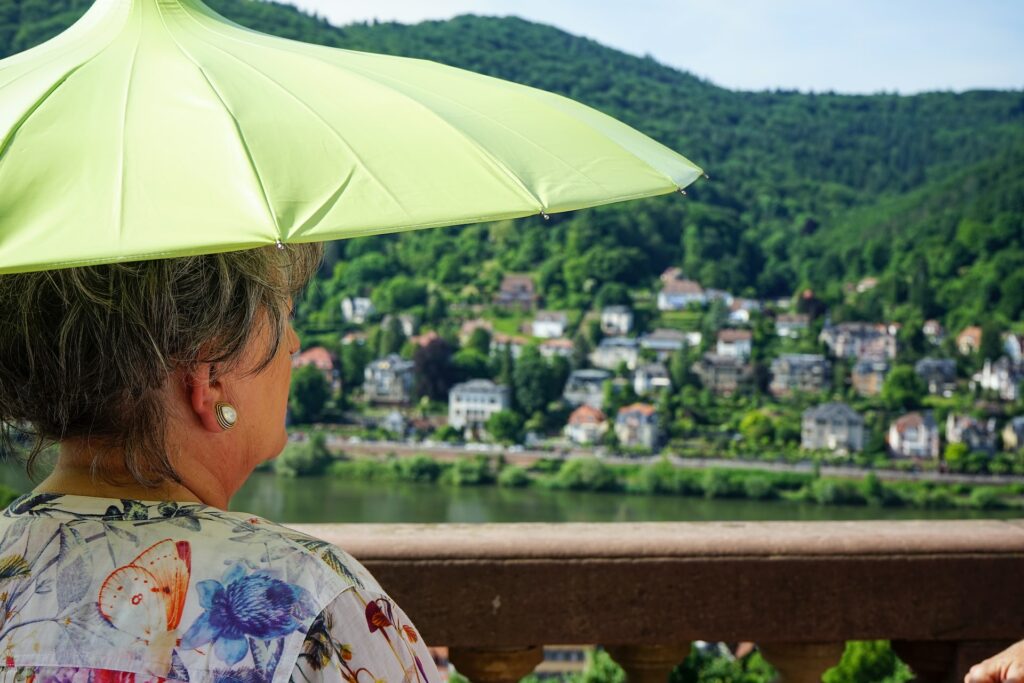
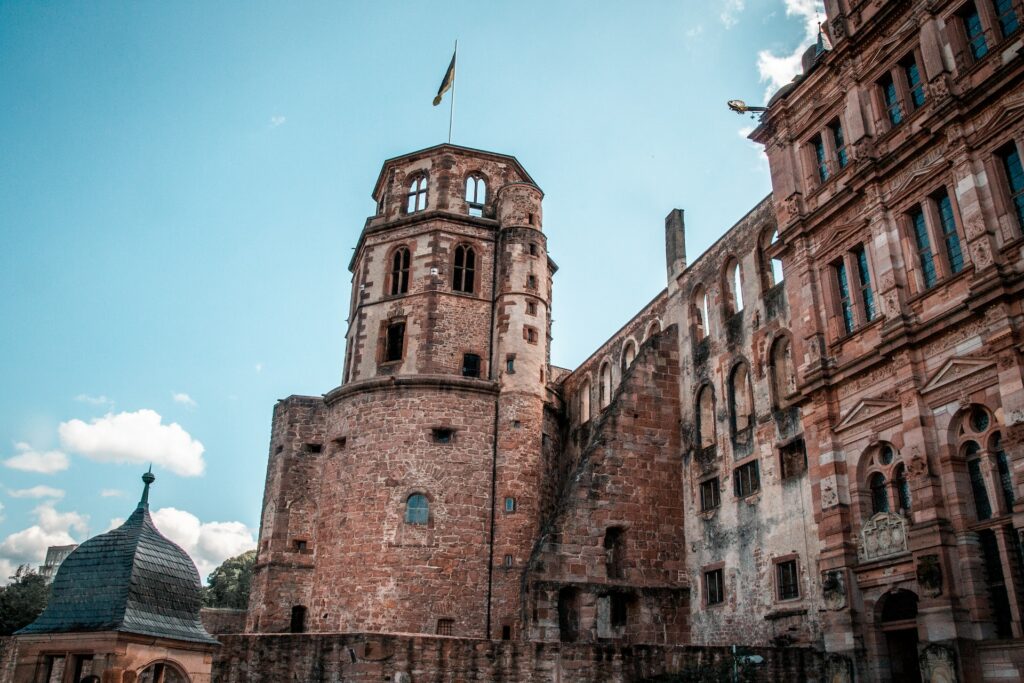
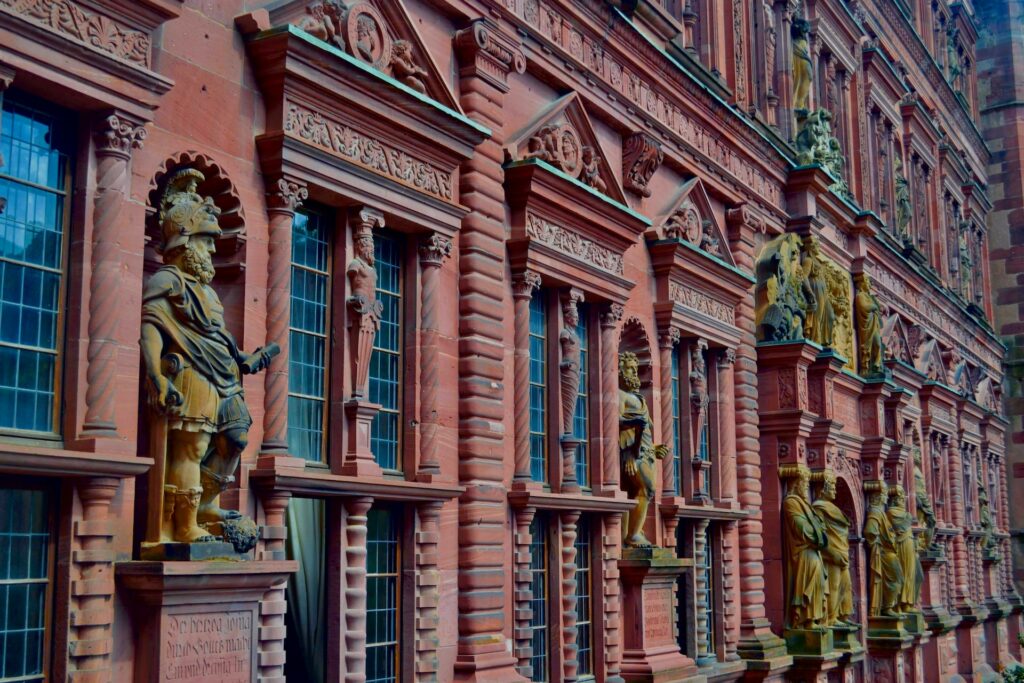
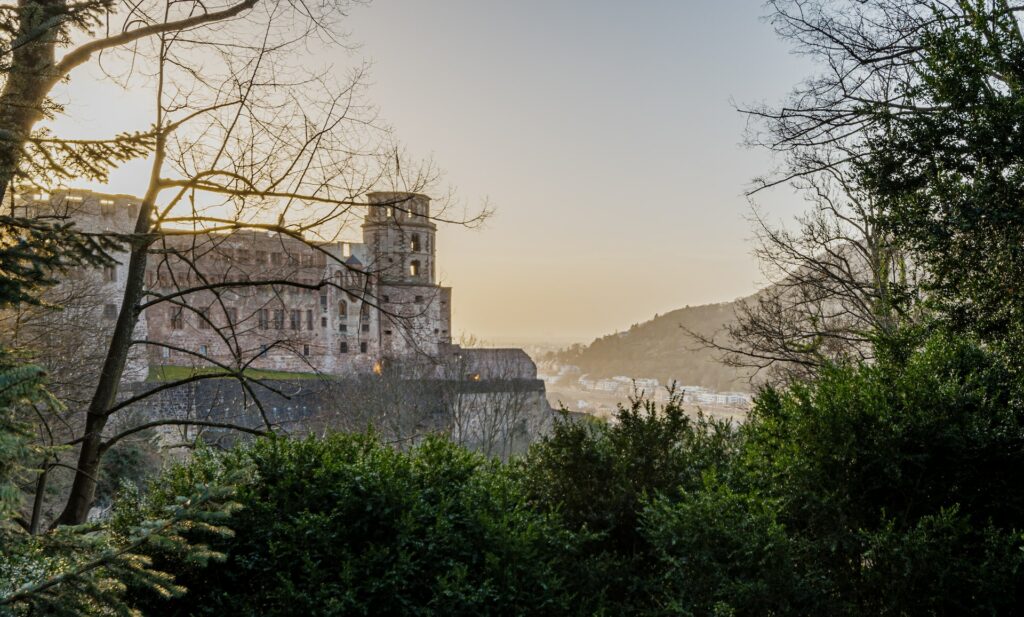
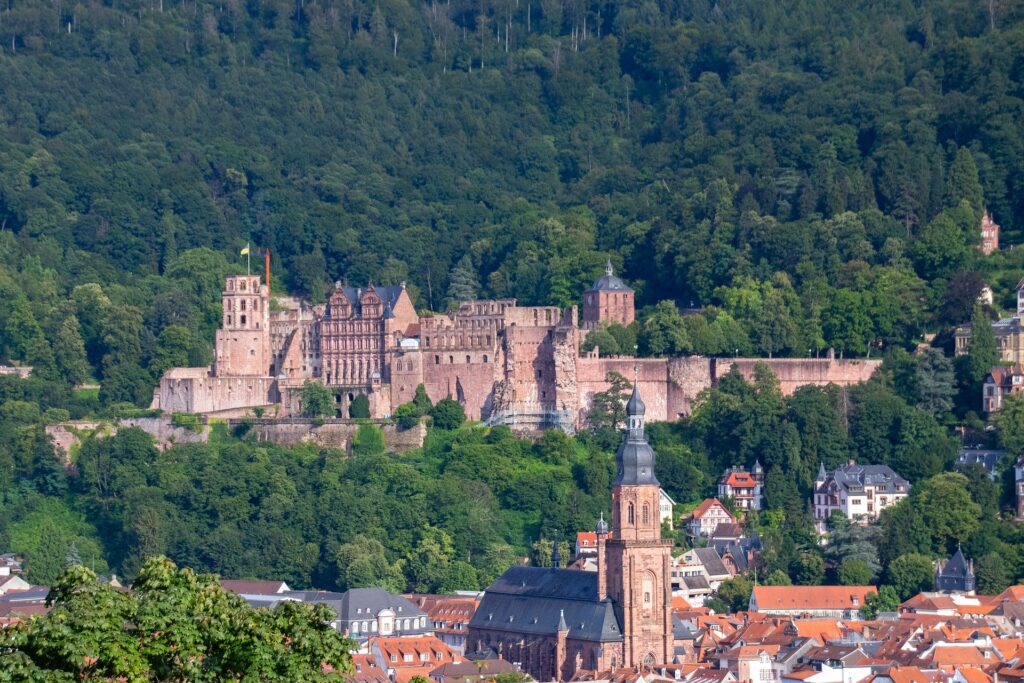
The most characteristic architectural element of the German landscape is medieval castles. Some of them have survived to this day only as picturesque ruins, but many others have undergone reconstruction over the years and serve as residences of the families for whom the mansion was originally built. Tourists can discover the most impressive groups of castles on the banks of the Moselle and along the Middle Rhine. The Munster region boasts the most beautiful castles with moats preserved in the lowlands.
German culture
Due to the size of the state and the complex historical development, German culture was never unified, it was influenced from all over Europe and, in turn, influenced European education and culture. Germany, the land of sagas and legends, in which forest ghosts, wizards, and fairies, such as Lorelei, often perform. Rumors and legends often had a great influence on German art. During the High and Late Middle Ages, poetic compositions with epic themes were created, the most famous of which is the folk epic “The Song of the Nibelungs”, based on which Richard Wagner composed his famous opera in the XIX century.
Many German cultural figures have achieved world fame, which persists to this day. Art lovers, of course, are not familiar with the names of Renaissance artists Albrecht Durer, Lucas Cranach, and Hans Holbein. Probably everyone has heard the music of the Baroque composers Johann Sebastian Bach and Georg Friedrich Handel. German Romanticism influenced the whole of Europe and gave the world the works of poets Johann Wolfgang Goethe, Friedrich Schiller, composers Richard Wagner, Johannes Brahms, and Richard Strauss.
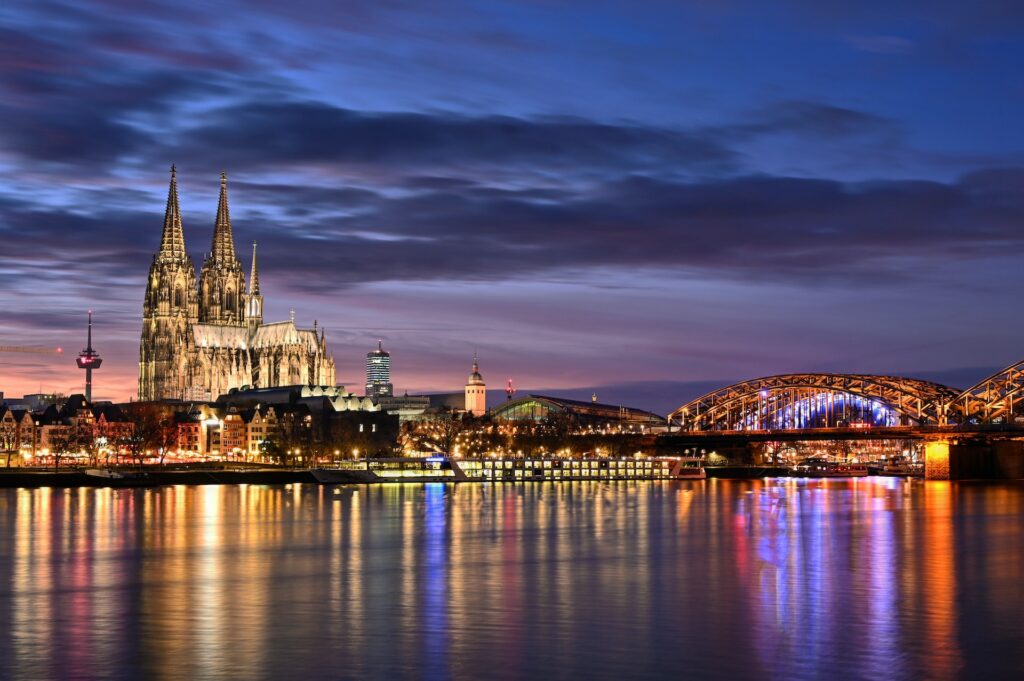
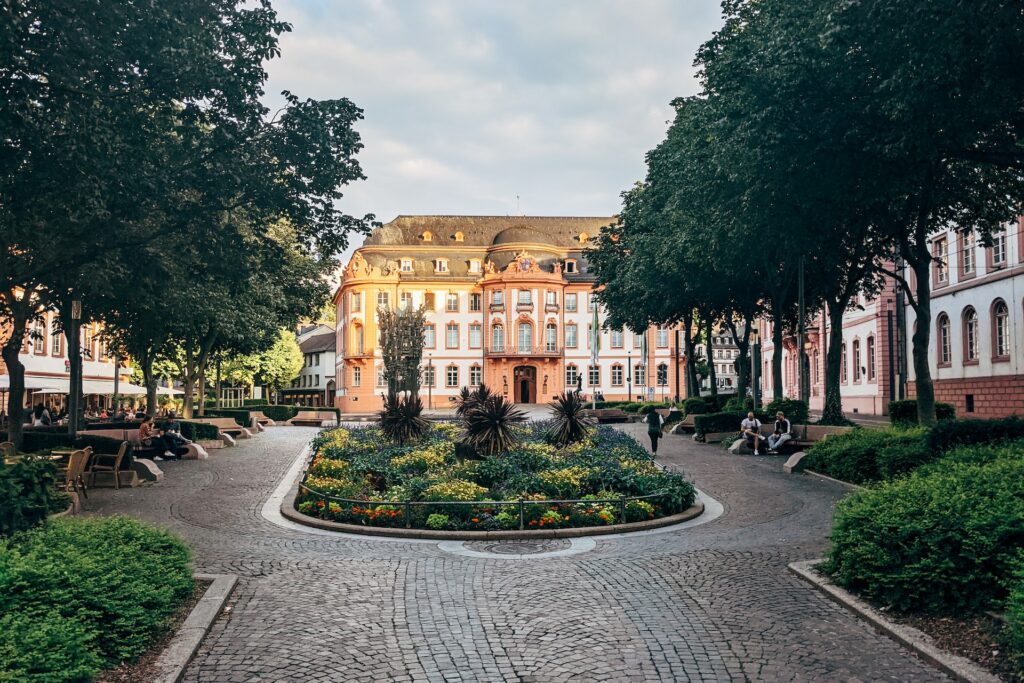
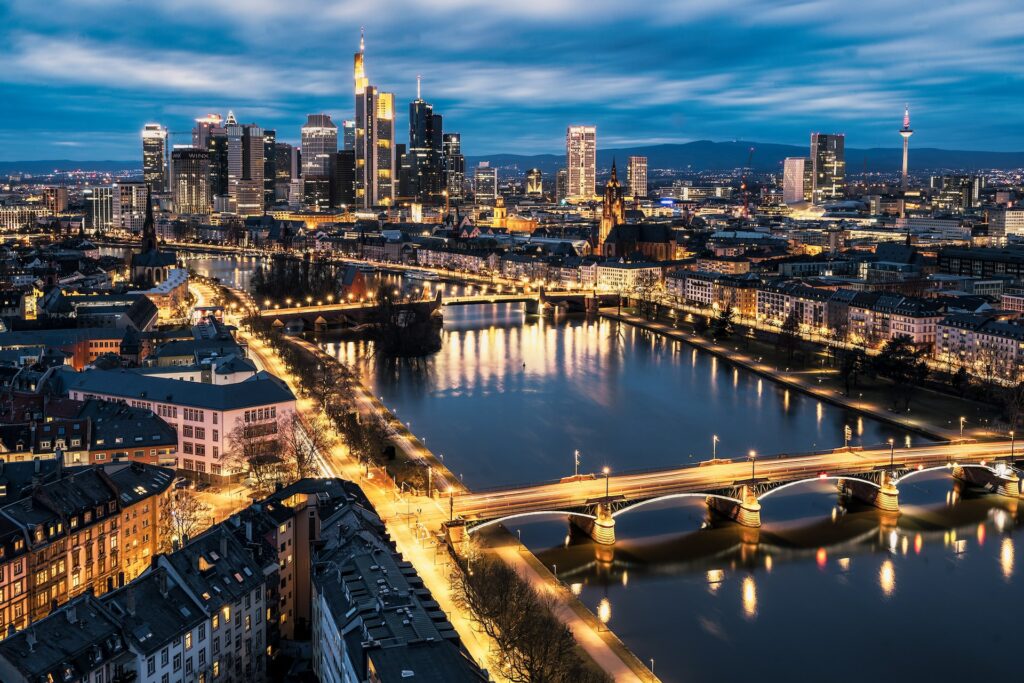
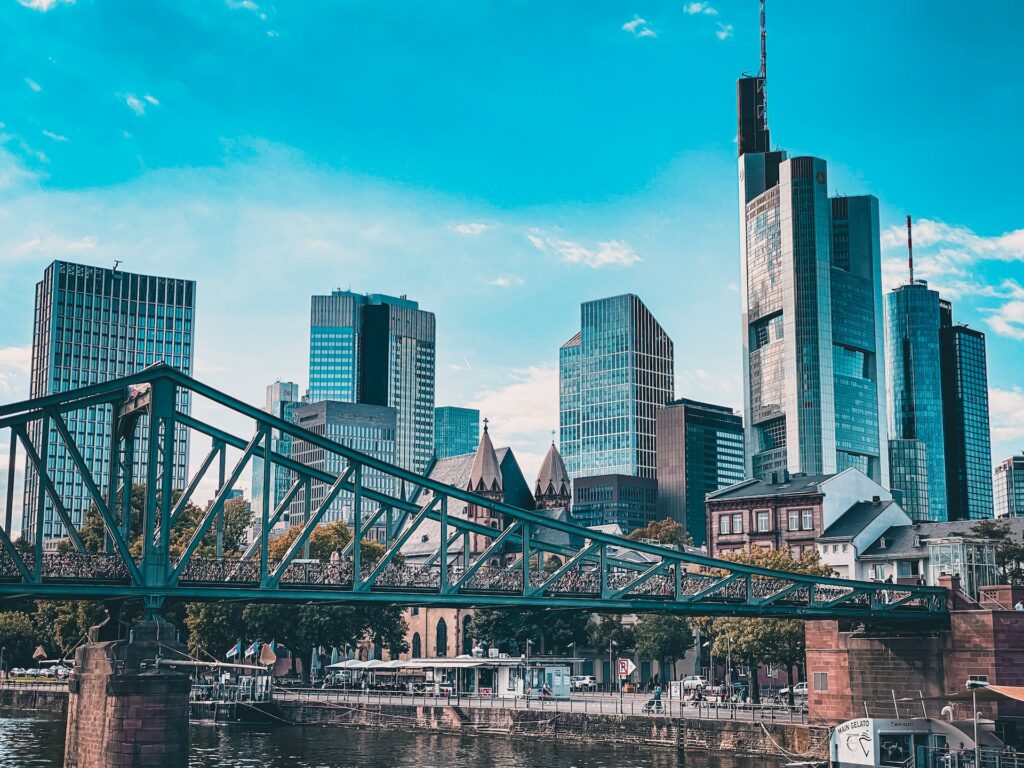
Germany has never had a single cultural metropolis, such as France, Paris, and the United Kingdom, London. The role of a cultural center in Germany is performed by several cities that are located throughout the country and were mostly created in the Middle Ages. These are Frankfurt, Aachen, Magdeburg, Mainz, Nuremberg and Cologne. In the 19th century, other cultural centers were established, including Weimar and Würzburg.
The history of the birth of Germany
The first Germanic tribes began to arrive in modern Germany at the beginning of the Bronze Age, i.e. in the middle of the 2nd millennium BC. In ancient times, this area was inhabited by Celtic and Germanic tribes, who were displaced by Julius Caesar in 58 BC, during the so-called Gallic Wars over the Rhine. Under Emperor Augustus, the southern part of the territory, the so-called “Roman Germany”, lay on the left bank of the Rhine. It was separated from the so-called “Free Germany” by the Limes Romanum system of border fortifications, the line of defense on the Danube and the Rhine.
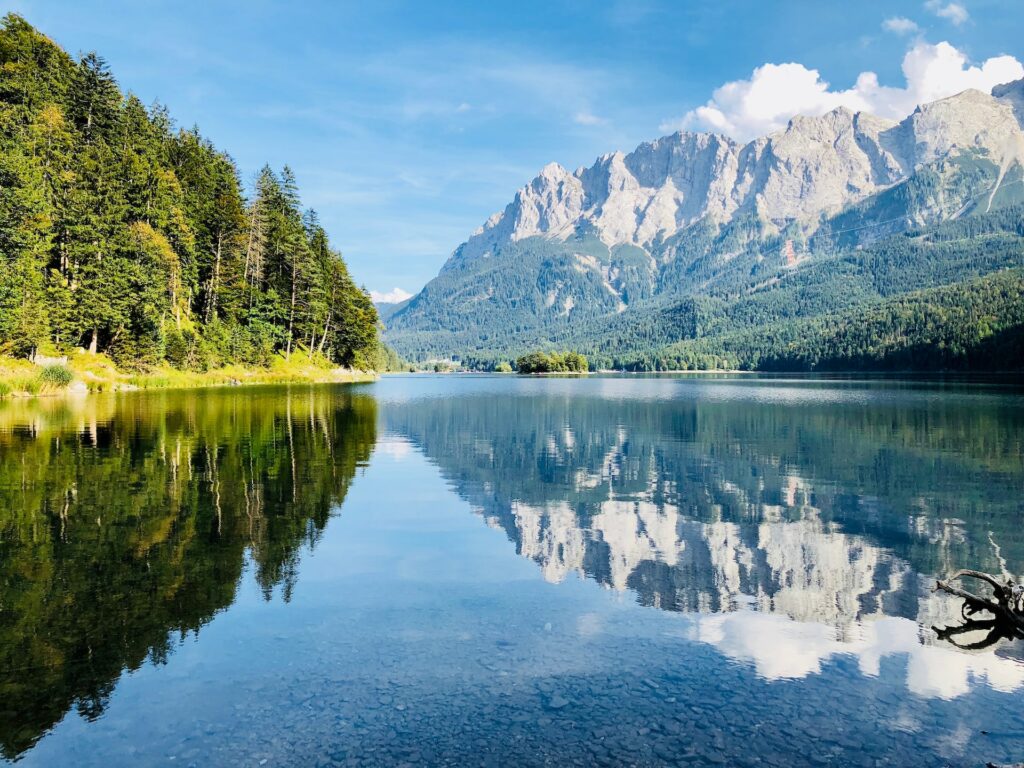
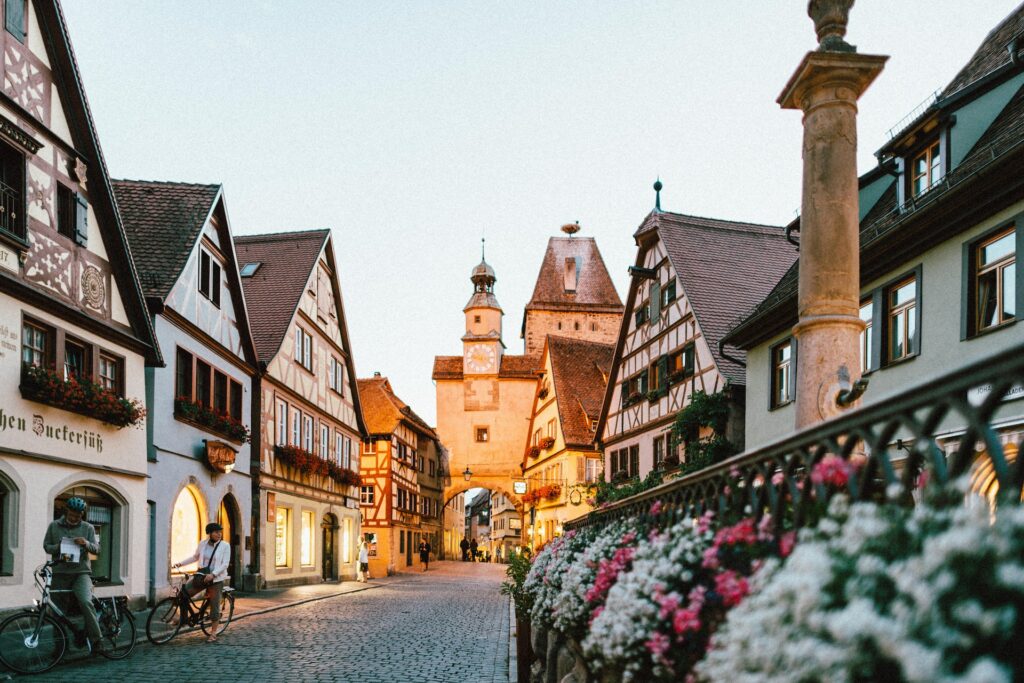
After the collapse of the Western Roman Empire, four great tribal duchies emerged in modern Germany, Saxony, Bavaria, Thuringia, and Alemania. In the second half of the eighth century, Charlemagne annexed these duchies to the Frankish Empire and introduced Christianity there. By the Treaty of Verdun in 843, the Frankish Empire was divided between three royal brothers. In the easternmost part of Ludwik, the German was called the East Frankish Empire and became the cornerstone of today’s Germany.
The Holy Roman Empire of the German Nation
At the beginning of the 10th century, the East Frankish Empire broke up into tribal duchies, which were soon united by King Henry. Then came a period of great territorial expansion, and in 962 Otto I was crowned the first German emperor in Rome, thus creating the Holy Roman Empire (since the 14th century, the addition of the “German nation” was added to the name). The Holy Roman Empire was not a unitary state but consisted of states of various sizes and free cities that were in alliance with the emperor.
The first emperors relied on the pope, but in the 11th-13th centuries, however, the power of the pope and the church increased so much that the emperors were somewhat subordinate, which caused a lot of controversies. Free trade cities and port cities benefited the most from this, which later became completely independent and formed the German Hanseatic Association. Nevertheless, the size of the Roman-German Empire was respectable and in the 17th century stretched from the North and Baltic Seas to the Mediterranean. In 1438, Albrecht II was elected King of Germany. The Habsburg dynasty ruled the empire until its demise in 1806.
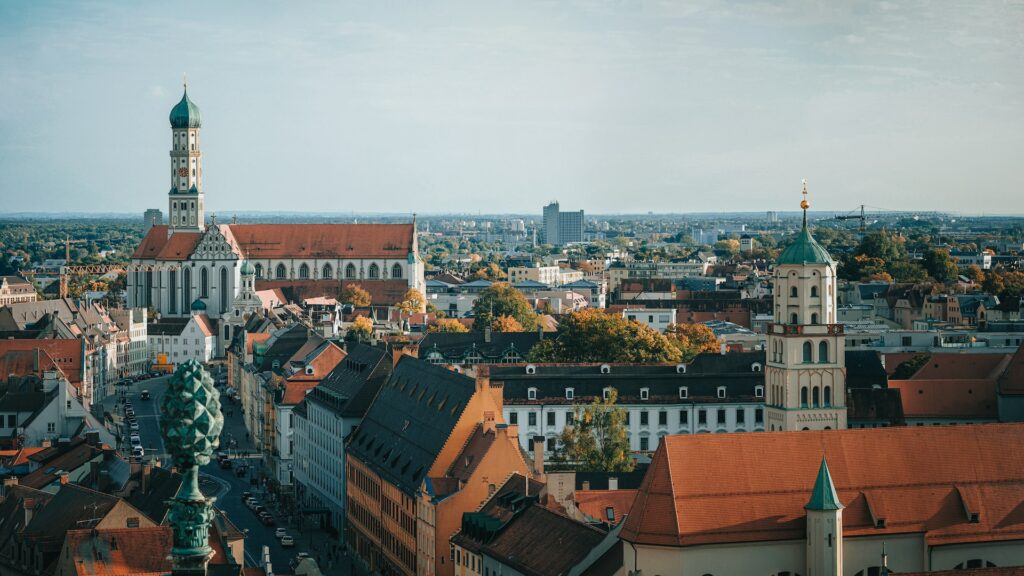
In 1517, when Martin Luther published his 95 theses criticizing the practice of the Roman Catholic Church, a new era in German history began. In 1521, Emperor Charles V opposed Protestant leader Martin Luther at the Council of Worms, and the fragmentation of Germany intensified as the Reformation spread. Religious clashes led to the division of Germany into the Catholic South and the Protestant North.
The battles ended with the Augsburg Religious Peace in 1555, which established the principle of “Cuius region, Eius Religio” (whose kingdom, their religion), which allowed each monarch to determine the religious affiliation of his subjects. The Thirty Years’ War followed, which began as a religious war, but soon turned into a political battle between the major European powers. It emerged as a force capable of resisting the dominance of the Habsburgs. The empire was divided into 350 states, and its disintegration continued in the 17th and 18th centuries.
Geography of Germany
Germany occupies most of Central and Western Europe. It is located between the North and Baltic Seas and the Alps. It borders Poland and the Czech Republic in the east, Austria and Switzerland in the south, Germany’s western neighbors and the Benelux countries (Belgium, the Netherlands, and Luxembourg), and Denmark in the north.
Except for the Alpine foothills, the landscape of Germany is mostly flat and sometimes mountainous. Gentle slopes, wide valleys, and rounded hills are characteristic of almost the entire territory of Germany. The nature of individual sections of the German coast is different. The North Sea coast is flat with arid areas, dams, and sandy islands, while the Baltic Sea coast is hilly, with sandy coves and cliffs. The vast North German lowland, marked by Quaternary glaciation, stretches along the shores of the North and Baltic Seas.
Extensive peat bogs and wastelands are typical here, such as the Luneburg Heath along the Emge River or the Mecklenburg Lake District between the Elbe and Oder rivers. A strip of the Middle German Highlands runs through central Germany, sometimes up to 400 km wide. The Rhenish Schist upland and individual ridges, such as the Harz and the Thuringian Forest, also belong to the Central German Highlands. In the southeast, the borders of the Ore Mountains and Shumava extend to the territory of Germany. To the very south, the foothills of the Alps rise, where the highest mountain in Germany, the Zugspitze, rises to 2,962 m.
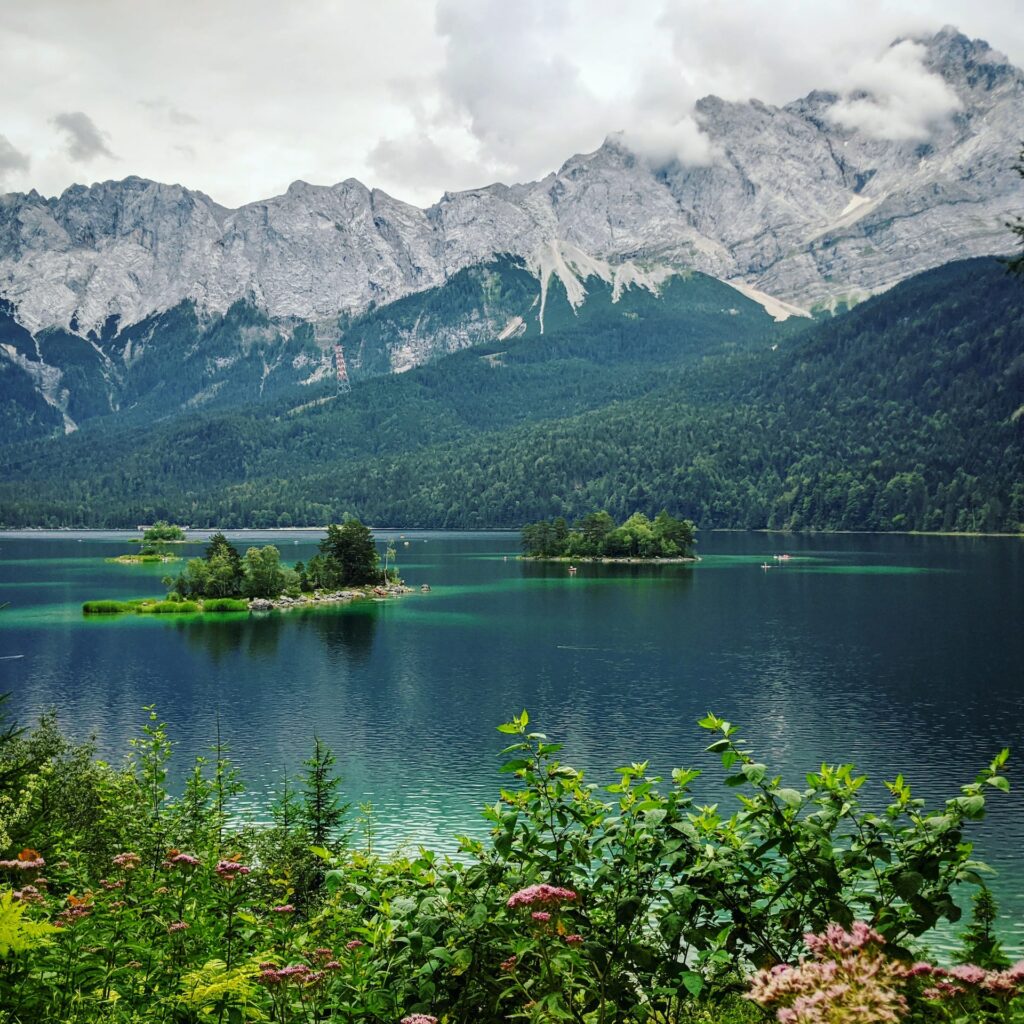
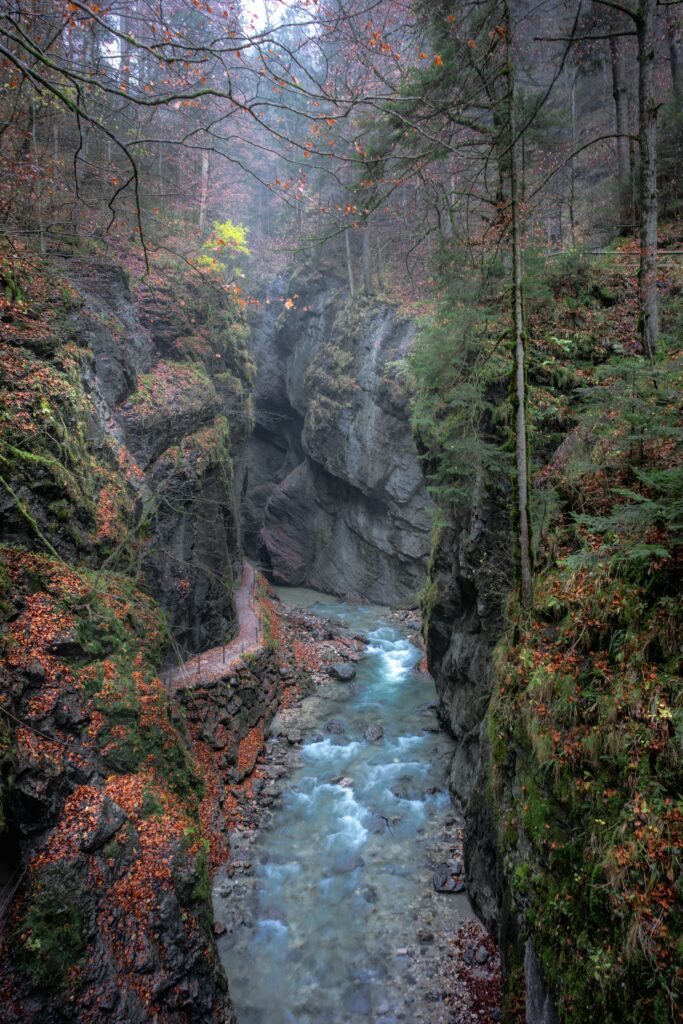
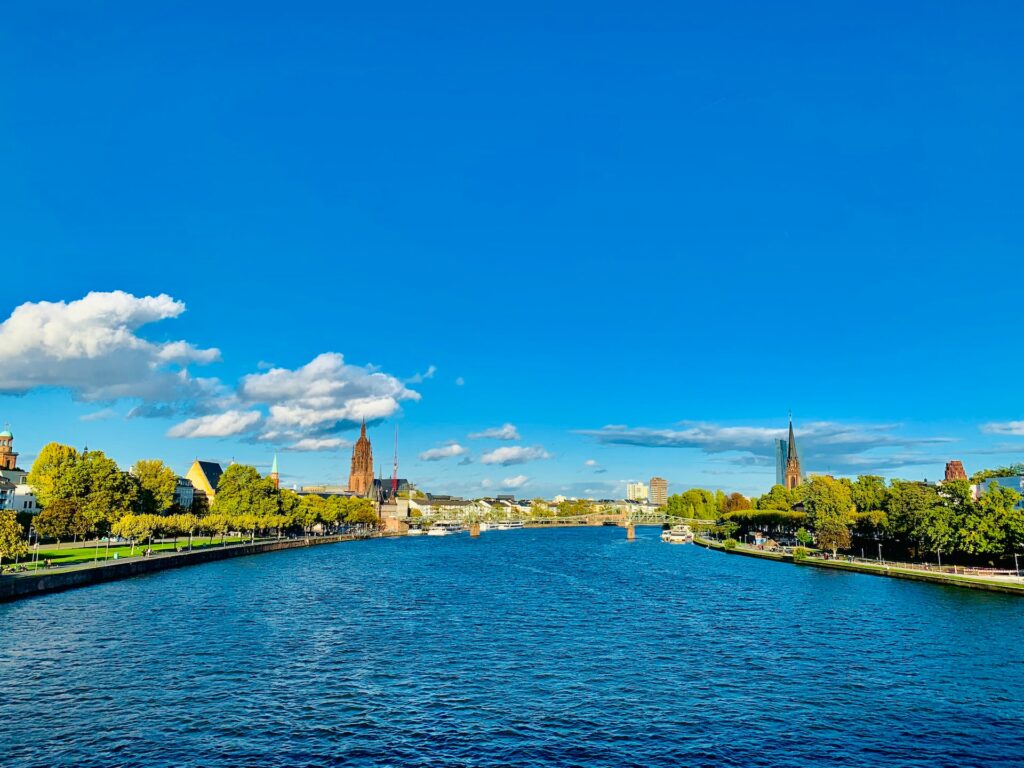
The largest rivers in Germany include the Rhine, Danube, Elbe, and Oder and their tributaries. The territory of Germany flows into the Northern, Baltic, and Black Seas. Germany’s longest and most important river, the Rhine, is 865 km long. It is one of the most economically important rivers in Europe with numerous tributaries such as the Neckar, Main, Moselle, and Ruhr rivers. All the foothills of the Alps flow into the Danube River, which then flows into Austria and southeastern Europe. The eastern part of Germany is dominated by the Elbe River, 725 km long, and the Odra River, which mostly forms the border with Poland.
Most of the lakes are located in the north and south of the territory. The natural lakes of Germany are mainly of glacial origin. Germany shares Lake Constance with Austria and Switzerland. The largest lake in Germany, Muritz with an area of 117 km2, is located in the Mecklenburg Lake District.
The North Sea Archipelago and the East Frisian Islands are located in the North Sea. The North Frisian Islands are the remnants of flooded land that remained below sea level. On the contrary, the East Frisian Islands were formed as a result of surf and movement of coastal sands. The inhabited islands of Helgoland and Neuwerk are also located in the North Sea. The largest German islands in the Baltic Sea include Usedom, Rügen, and Fehmarn. The islands of Reichenau, Mainau, and Lindau can be seen in Lake Constance.
Germany is located in a temperate climate zone. In the north of the country, summers are quite cold, and winters are milder with relatively more precipitation. In contrast, the eastern part of the country has a continental climate with harsher winters and warmer summers. The highest precipitation and the lowest temperatures are observed in the Alps.











Having visited Berlin in my mid-twenties I was amazed how alive and culturally-rich this city was and decided to explore more. I left my heart in Tübingen, truly an amazing place, no matter the season. During the winter, when the cobblestone is covered in snow you feel like a winter wonderland and during spring through autumn you get to explore the city with no limits.
If the pandemic doesn’t mess up my schedule yet again we will finally land in Leipzig for the well-known Christmas Market. To say I’m excited is a huge understatement, I’ve been dreaming of this moment since forever!
I’m not that much of a internet reader to be honest but your
blogs really nice, keep it up! I’ll go ahead and
bookmark your website to come back later.
Many thanks